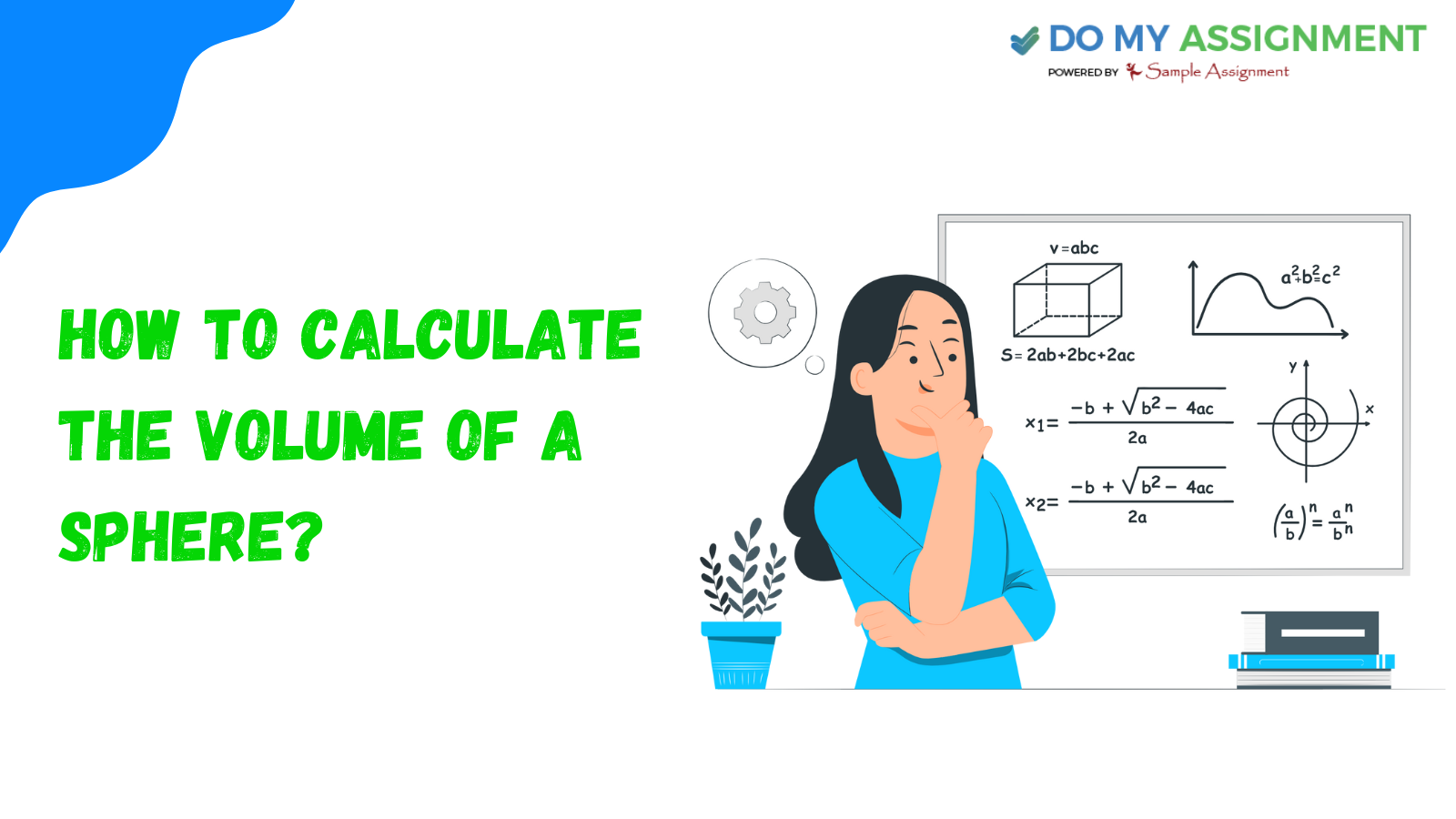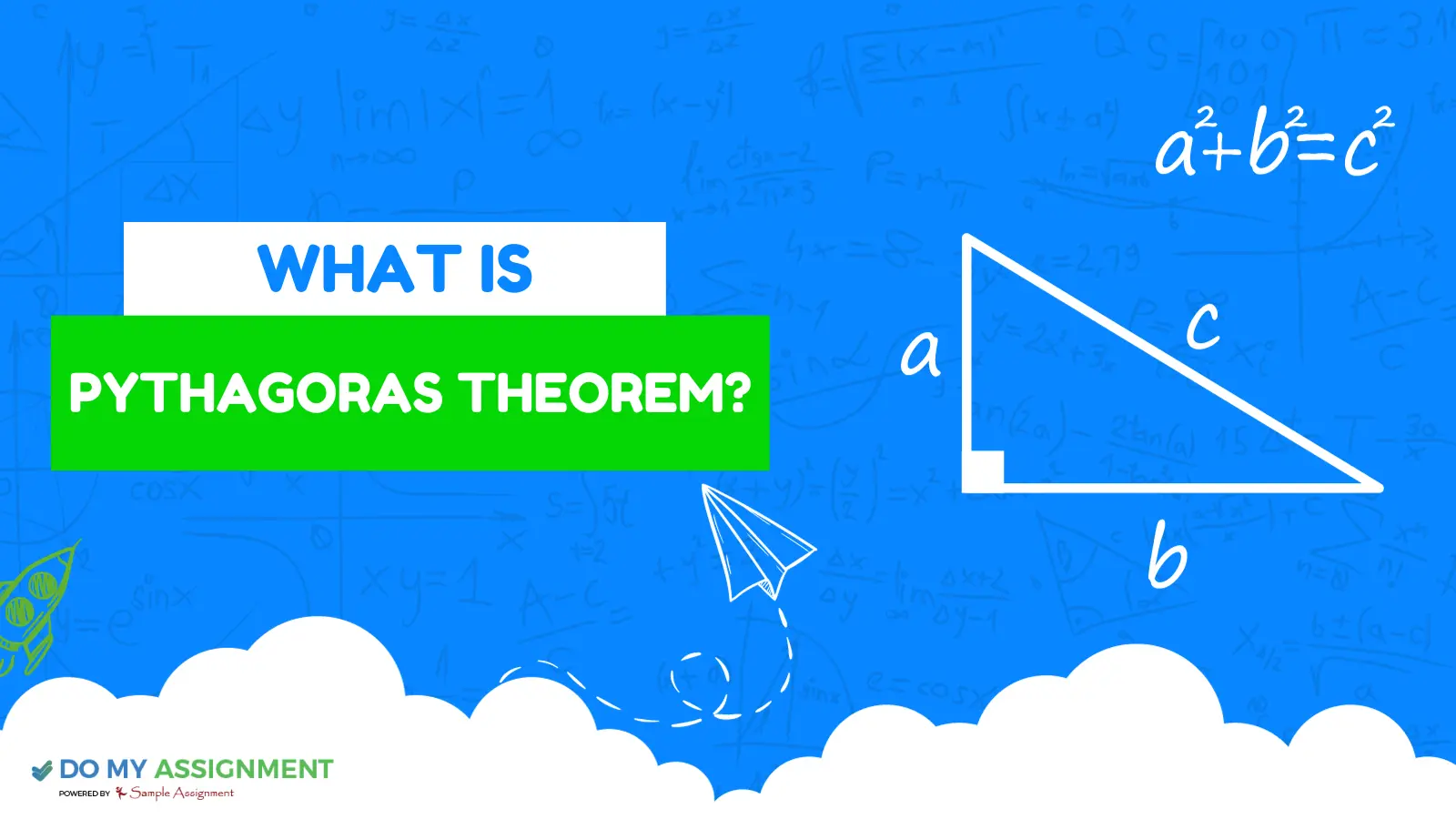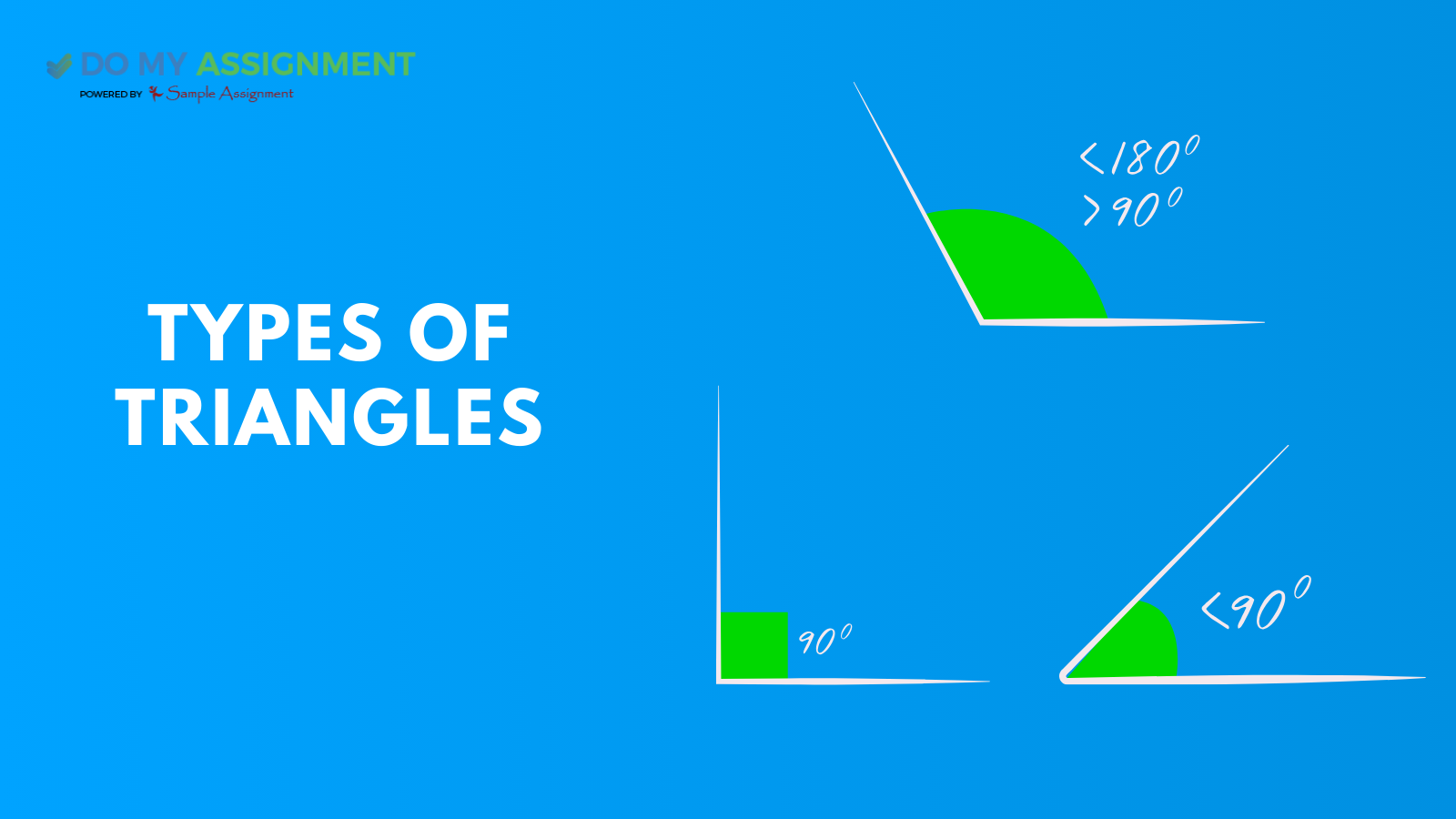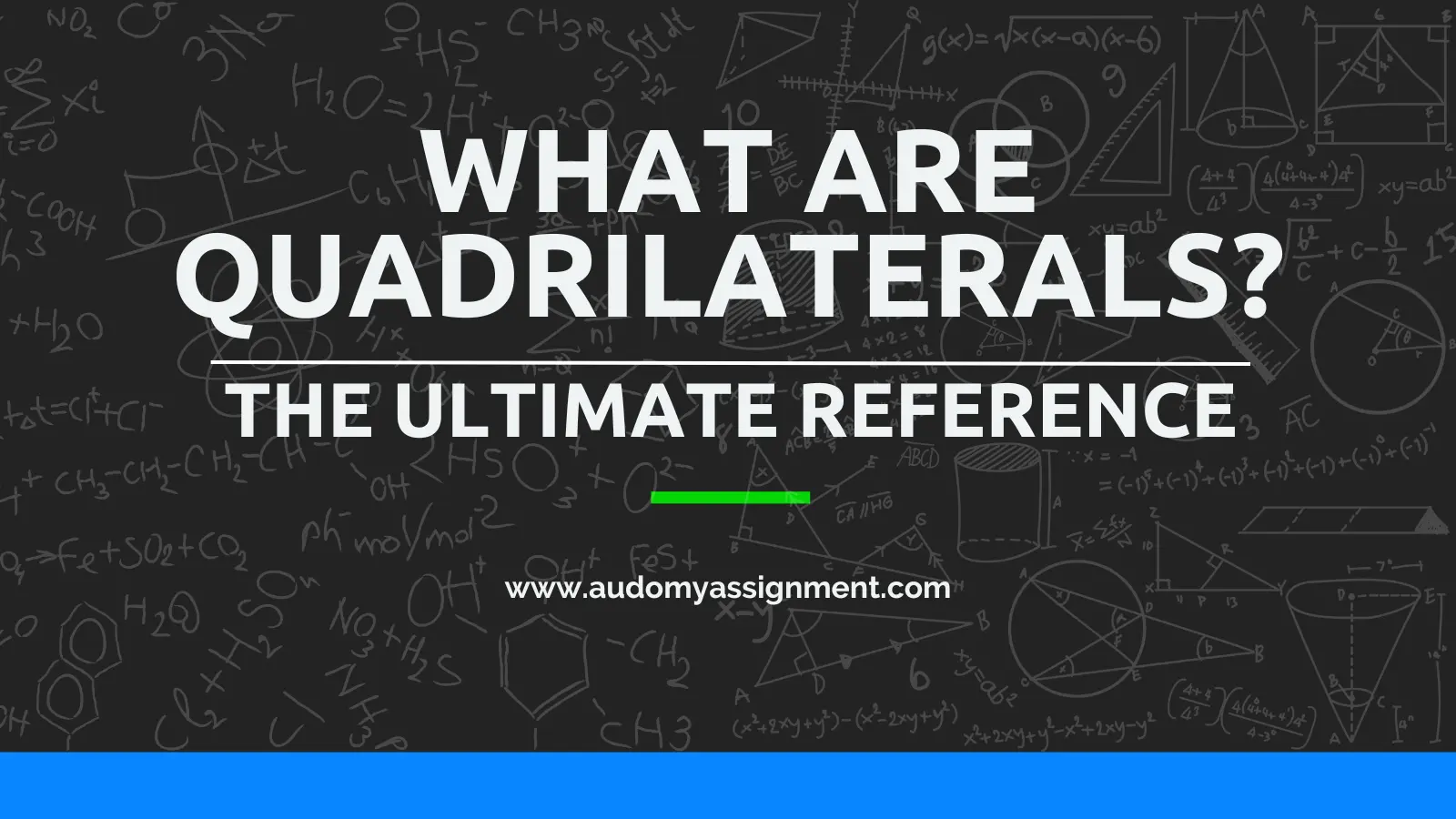What is Permutation and Combination?

Highlights
‘Permutation and combination’ is one of the most confusing topics in math. These calculation methods are used to select a definite number of items or data from a set or subset with or without restoring elements. In the case of permutations, elements are selected from a certain set.
It is a combination when the order in which items appear matters. In short, both permutation and combination discover how a certain data category can be organized.
Though these concepts are extremely important in mathematics, students often don’t get a command over this topic. Especially when it is about assignment writing on this complex topic, students couldn’t figure out the best way to proceed with their academic tasks.
Sometimes, students don’t have a clue about ‘What is Permutation and Combination?’. Therefore, doing their academic tasks on their own becomes immensely strenuous.
To provide a helping hand to university students, we at ‘Do My Assignment’ offer tailored solutions for assignments. Whether it is about writing a dissertation or an essay, our subject-matter experts deliver the best quality work that can help you upgrade your marks.
However, we encourage you to write your assignments without any assistance. Hence, in order to help you clear all your concepts related to permutation and combination, this article comprises everything you need to get clarity on this topic. So, eliminate all your worries and dive into this article for valuable insights.
Let’s start with the definition of permutation and combination
Permutation and Combination: Importance in Mathematics and Real Life
Permutation and combination formulas are essential in various fields, from pure mathematics to practical applications in everyday life. Here are a few key areas where these concepts are required.
1. Counting and Probability
Understanding permutations and combinations is crucial for calculating all possibilities and probabilities and determining the number of possible outcomes in various scenarios. This is particularly important in games of chance, statistical analysis, and risk management.
2. Statistics
In statistics, permutation and combination are used to analyze the data sets, design experiments, and interpret the results. They help understand the distribution and calculate possibilities, which are fundamental for making informed decisions based on the data.
3. Computer Science
Algorithms in computer science often rely on permutation and combination for tasks such as sorting, surging, and optimizing solutions. These concepts are also very important in cryptography, where they help create secure encryption keys and protocols.
4. Genetics
In genetics, combinations are used to study the inheritance of traits and genetic variations. By paneling the possible combinations of genes, scientists can predict the likelihood of certain traits appearing in offspring.
5. Cryptography
Permutation is used to design secure cryptographic algorithms that protect information from unauthorized access. Its complexity helps create encryption systems that are difficult to break.
6. Resource Allocation
In fields like operation Research and logistics, permutation and combination are used to optimize resource allocation, such as scheduling flights, assigning tasks, and planning roads.
By mastering permutation and combination formulas, one can solve a range of problems that involve counting, arranging, and selecting objects. These concepts increase mathematical understanding and provide practical tools for various real-world applications. In the given section, we will look deeper into the formulas, examples, and advanced concepts of permutation and combination. Then, we will define their necessity and utility in a theoretical and practical context.
What is Permutation and Combination?
Permutation and combinations are key concepts in combinatorics, a branch of mathematics that deals with mounting arrangements and combinations of objects. These concepts are fundamental in solving problems in which the organization or selection of a set of items is required.
Permutation refers to the placement of objects in a specific order. The order in which the objects are placed has significant meaning. Moreover, the different sequences of the same items count as distinct permutations.
Example: If there had been three letters A, B&C, the possible permutations are ABC, ACB, BAC, BCA, CAB, and CBA. H Unique representation of arrangements represents a different permutation.
Combinations, on the other hand, concentrate on a selection of objects. The sequence in which the items are chosen does not matter if the combined order is not considered. Using the same example of letters A B&C, the possible combination of selecting two letters are AB, AC, and BC. Here, AB is considered the same as BA, so the order is irrelevant.
Define Permutation and Combination
The basic definition of permutation and combination goes like this:
a. Permutation
Permutation is the placement of objects in a specific order. Its dealing requires the arrangement of items in order. The general formula for calculating the number of permutations of North objects are taken r at a time is denoted as P(n,r) and is given by:
P(n,r)=(n−r)!n!
Where n! (n factorial) is the product of all positive integers up to n.
Example: The permutations of the three letters A, B, and C are ABC, ACB, BAC, BCA, CAB, and CBA.
b. Combinations
Combination shuffles the selected objects without considering the order in which they are chosen. In combinations, the order is irrelevant. The general formula to calculate the number of combinations of North objects taken at a time is denoted as C(n,r) or sometimes as (n/r) and is given by:
C(n,r)=n!r!(n−r)!C(n, r) = \frac{n!}{r!(n-r)!}C(n,r)=r!(n−r)!n!
Example: The combinations of three letters A, B, and C taken two at a time are AB, AC, and BC. Here, AB is considered the same as BA.
These basic definitions and notations form the foundation for understanding how objects can be arranged and selected in different scenarios. Subsequent sections will elaborate on this concept with detailed examples and applications.

Derivation of the Permutation Formula
Permutations involve arranging n number of objects where the order is significant. The formula for the number of permutations of n objects taken r at a time is:
P(n,r)=n!(n−r)!P(n, r) = \frac{n!}{(n-r)!}P(n,r)=(n−r)!n!
Derivation:
1. Total Arrangements: Start with n objects. The number of ways to arrange all n objects is n!n!n!.
2. Reducing the Count: If we only want to arrange r objects out of n, then we choose n for the first position, n−1n-1n−1 choices for the second, and continue until we have n−r+1n-r+1n−r+1 choices for the rth position.
3. Factorial Simplification: Mathematically, this is represented as:
n×(n−1)×(n−2)×…×(n−r+1)n \times (n-1) \times (n-2) \times \ldots \times (n-r+1)n×(n−1)×(n−2)×…×(n−r+1)
This sequence can be simplified by noting that it is equivalent to:
n!(n−r)!\frac{n!}{(n-r)!}(n−r)!n!
Permutation and Combination Examples and Applications
Example 1: Arranging Books
Problem: How many different ways can you arrange 4 out of 6 books on a shelf?
Solution: Given n=6n = 6n=6 (total books) and r=4r = 4r=4 (books to arrange), we use the permutation formula:
P(6,4)=6!(6−4)!=6!2!P(6, 4) = \frac{6!}{(6-4)!} = \frac{6!}{2!}P(6,4)=(6−4)!6!=2!6!
Calculating the factorials, we get:
6!=6×5×4×3×2×1=7206!
= 6 \times 5 \times 4 \times 3 \times 2 \times 1
= 7206!=6×5×4×3×2×1=720 2!=2×1
=22!
= 2 \times 1
= 22!
=2×1
=2
P(6,4)=7202=360P(6, 4) = \frac{720}{2} = 360P(6,4)=2720=360
In such a situation, there are 360 different ways to arrange 4 out of 6 books on a shelf.
Example 2: Assigning Seats
Problem: How many ways can you assign 3 different seats to 5 students?
Solution: Given n=5n = 5n=5 (students) and r=3r = 3r=3 (seats), we use the permutation formula:
P(5,3)=5!(5−3)!=5!2!P(5, 3) = \frac{5!}{(5-3)!} = \frac{5!}{2!}P(5,3)=(5−3)!5!=2!5!
Calculating the factorials, we get:
5!=5×4×3×2×1=1205! = 5 \times 4 \times 3 \times 2 \times 1
= 1205!
=5×4×3×2×1
=120 2!
=2×1
=22!
= 2 \times 1
= 22!
=2×1
=2
Here,
P(5,3)=1202=60P(5, 3) = \frac{120}{2} = 60P(5,3)=2120=60
In such a situation, there are 60 different ways to assign 3 seats to 5 students.
Applications of Permutations
1. Scheduling: Arranging meetings or events in a specific sequence.
2. Cryptography: Creating complex passwords and encryption keys.
3. Games and Puzzles: Solving problems where the order of moves matters.
Derivation of the Combination Formula
Combinations involve selecting r objects from n objects, where the order does not matter. The formula for the number of combinations of n objects taken r at a time is:
C(n,r)=n!r!(n−r)!C(n, r) = \frac{n!}{r!(n-r)!}C(n,r)=r!(n−r)!n!
Derivation:
1. Permutations of r Objects: Start with the number of permutations of r objects from n, given by P(n,r)P(n, r)P(n,r).
2. Removing Order: The selection order in combination does not matter. In such a situation, we divide by the number of ways to arrange r objects, which is r!r!r!.
3. Combination Formula: C(n,r)=P(n,r)r!=n!(n−r)!×r!C(n, r) = \frac{P(n, r)}{r!} = \frac{n!}{(n-r)! \times r!}C(n,r)=r!P(n,r)=(n−r)!×r!n!
Examples and Applications
Example 1: Choosing Fruits
Problem: How many ways can you choose 3 out of 5 fruits?
Solution: Given n=5n = 5n=5 (total fruits) and r=3r = 3r=3 (fruits to choose), we use the combination formula:
C(5,3)=5!3!(5−3)!=5!3!×2!C(5, 3) = \frac{5!}{3!(5-3)!} = \frac{5!}{3! \times 2!}C(5,3)=3!(5−3)!5!=3!×2!5!
Calculating the factorials, we get:
5!=5×4×3×2×1=1205! = 5 \times 4 \times 3 \times 2 \times 1
= 1205!=5×4×3×2×1=120 3!=3×2×1
=63! = 3 \times 2 \times 1 = 63!=3×2×1=6
2!=2×1=22! = 2 \times 1 = 22!=2×1=2
Here,
C(5,3)=1206×2=12012=10C(5, 3) = \frac{120}{6 \times 2} = \frac{120}{12} = 10C(5,3)=6×2120=12120=10
Answer: There are 10 ways to choose 3 out of 5 fruits.
Example 2: Forming a Committee
Problem: How many ways can a committee of 4 be formed from 10 people?
Solution: Given n=10n = 10n=10 (total people) and r=4r = 4r=4 (committee members), we use the combination formula:
C(10,4)=10!4!(10−4)!=10!4!×6!C(10, 4) = \frac{10!}{4!(10-4)!} = \frac{10!}{4! \times 6!}C(10,4)=4!(10−4)!10!=4!×6!10!
Calculating the factorials, we get:
10!=10×9×8×7×6×5×4×3×2×1=3,628,80010!
= 10 \times 9 \times 8 \times 7 \times 6 \times 5 \times 4 \times 3 \times 2 \times 1 = 3,628,80010!=10×9×8×7×6×5×4×3×2×1=3,628,800
4!=4×3×2×1=244! = 4 \times 3 \times 2 \times 1 = 244!=4×3×2×1=24
6!=6×5×4×3×2×1=7206! = 6 \times 5 \times 4 \times 3 \times 2 \times 1
= 7206!=6×5×4×3×2×1=720
Here,
C(10,4)=3,628,80024×720=3,628,80017,280=210C(10, 4) = \frac{3,628,800}{24 \times 720} = \frac{3,628,800}{17,280} = 210C(10,4)=24×7203,628,800=17,2803,628,800=210
Answer: There are 210 ways to form a committee of 4 from 10 people.
Applications of Combinations
1. Lottery Games: Selecting a set of numbers where order is not an issue.
2. Research Sampling: Choosing a sample from a larger population.
3. Genetics: Studying possible gene combinations in inheritance patterns.
By mastering these formulas and their applications, one can efficiently solve problems related to counting, arrangement, and selection in various fields.
Difference between Permutation & Combination
| Permutation | Combination |
| Organizing articles, items, numbers, people, objects, and alphabets | Selection of items, objects, clothes, students, and team. |
| Choosing a team captain or a pitcher from a group of people. | Selecting three members from a team. |
| Choosing two preferred words, in order, from a dictionary. | Selecting two words from a dictionary. |
| Choosing first, second, and third rankers. | Selecting three winners. |
Advanced Concepts in Permutations and Combinations
There are various advanced concepts in permutation and combinations:
a. Combinations with Repetition
Combinations with repetition allow for the selection of objects with replacement. The formula is:
C(n+r−1,r)=(n+r−1)!r!(n−1)!C(n + r - 1, r) = \frac{(n + r - 1)!}{r!(n - 1)!}C(n+r−1,r)=r!(n−1)!(n+r−1)!
Example: The number of ways to choose 3 fruits from 5 types (allowing repeats) is:
C(5+3−1,3)=C(7,3)=7!3!4!=35C(5 + 3 - 1, 3) = C(7, 3) = \frac{7!}{3!4!} = 35C(5+3−1,3)=C(7,3)=3!4!7!=35
b. Circular Permutations
It is the arrangement around a circle, where rotations of the same arrangement are considered identical. The formula for n objects in a circle is:
(n−1)!(n-1)!(n−1)!
Example: arranging 4 people around a table is:
(4−1)!=3!=6(4-1)! = 3! = 6(4−1)!=3!=6
C. Multiset Permutations
Multiset permutations involve sets with repeated elements. The formula is:
n!n1!×n2!×…×nk!\frac{n!}{n_1! \times n_2! \times \ldots \times n_k!}n1!×n2!×…×nk!n!
where n is the total number of items, and n1,n2,…,nkn_1, n_2, \ldots, n_kn1,n2,…,nk are the frequencies of the distinct items.
Example: The permutations of the word "BANANA" (with three A's, two N's, and one B) are:
6!3!2!1!=60\frac{6!}{3!2!1!} = 603!2!1!6!=60
These advanced concepts expand the versatility of permutations and combinations, enabling solutions to more complex problems involving repetition and specific arrangements.
Real-life Permutation and Combination Examples and Problem-solving
Some real-life permutation and combination examples are:
a. Detailed Problem-solving with Permutations
Problem: How many different ways can 5 different awards be distributed among 8 students?
Solution: Here, the order in which awards are given matters, so we use permutations. Given n=8n = 8n=8 (students) and r=5r = 5r=5 (awards), we use the permutation formula:
P(8,5)=8!(8−5)!=8!3!P(8, 5) = \frac{8!}{(8-5)!} = \frac{8!}{3!}P(8,5)=(8−5)!8!=3!8!
Calculating the factorials:
8!=8×7×6×5×4×3×2×1=40,3208! = 8 \times 7 \times 6 \times 5 \times 4 \times 3 \times 2 \times 1 = 40,3208!=8×7×6×5×4×3×2×1=40,320 3!=3×2×1=63! = 3 \times 2 \times 1 = 63!=3×2×1=6
Here,
P(8,5)=40,3206=6,720P(8, 5) = \frac{40,320}{6} = 6,720P(8,5)=640,320=6,720
Answer: There are 6,720 different ways to distribute 5 awards among 8 students.
b. Detailed Problem-solving with Combinations
Problem: How many ways can a team of 4 be selected from 10 employees?
Solution: Here, the selection order does not matter, so we use combinations. Given n=10n = 10n=10 (employees) and r=4r = 4r=4 (team members), we use the combination formula:
C(10,4)=10!4!(10−4)!=10`!4!×6!C(10, 4) = \frac{10!}{4!(10-4)!} = \frac{10!}{4! \times 6!}C(10,4)=4!(10−4)!10!=4!×6!10!
Calculating the factorials:
10!=10×9×8×7×6×5×4×3×2×1=3,628,80010!
= 10 \times 9 \times 8 \times 7 \times 6 \times 5 \times 4 \times 3 \times 2 \times 1
= 3,628,80010!
=10×9×8×7×6×5×4×3×2×1
=3,628,800 4!
=4×3×2×1=244!
= 4 \times 3 \times 2 \times 1 = 244!=4×3×2×1=24 6!=6×5×4×3×2×1=7206! = 6 \times 5 \times 4 \times 3 \times 2 \times 1 = 7206!=6×5×4×3×2×1=720
Here,
C(10,4)=3,628,80024×720=3,628,80017,280=210C(10, 4) = \frac{3,628,800}{24 \times 720} = \frac{3,628,800}{17,280} = 210C(10,4)=24×7203,628,800=17,2803,628,800=210
Answer: There are 210 ways to select a team of 4 from 10 employees.
Reasons to Get Permutation and Combination Assignment Help from ‘Do My Assignment’
If you face hurdles while doing your PnC assignment, don’t think twice before taking assistance for ‘Do My Maths Assignment'. With the assistance of our skilled academic writers, you can excel in your academic writing tasks. From round-the-clock availability to tailored solutions that help fetch extra marks, we do it all with excellence.
Our subject-matter experts do in-depth research that makes them create a well-researched and unique assignment. Our assistance is an escape route for university students who fall prey to plagiarism or miss out on important citations and referencing.
With all these innumerable merits getting online assignment help from us will definitely help you boost your academic performance.
FAQs
1. How do you calculate the number of permutations?
Use the formula P(n,r)=n!(n−r)!P(n, r) = \frac{n!}{(n-r)!}P(n,r)=(n−r)!n!, where n is the total number of objects, and r is the number of objects to arrange.
2. How do you calculate the number of combinations?
Use the formula C(n,r)=n!r!(n−r)!C(n, r) = \frac{n!}{r!(n-r)!}C(n,r)=r!(n−r)!n!, where n is the total number of objects and r is the number of objects to choose.
3. When should I use permutations in place of combinations?
Use permutations in cases where selection order matters, else combinations.
Nick Johnson
Nick is a multi-faceted individual with diverse interests. I love teaching young students through coaching or writing who always gathered praise for a sharp calculative mind. I own a positive outlook towards life and also give motivational speeches for young kids and college students.






